Every construction project generates huge volumes of data. The ERP system records material and procurement details. The CRM tracks client interactions and potential sales. Accounting software keeps a close eye on expenses and payments. Site teams still rely on Excel sheets to capture day-to-day updates, while planners depend on scheduling tools like Primavera or MS Project.
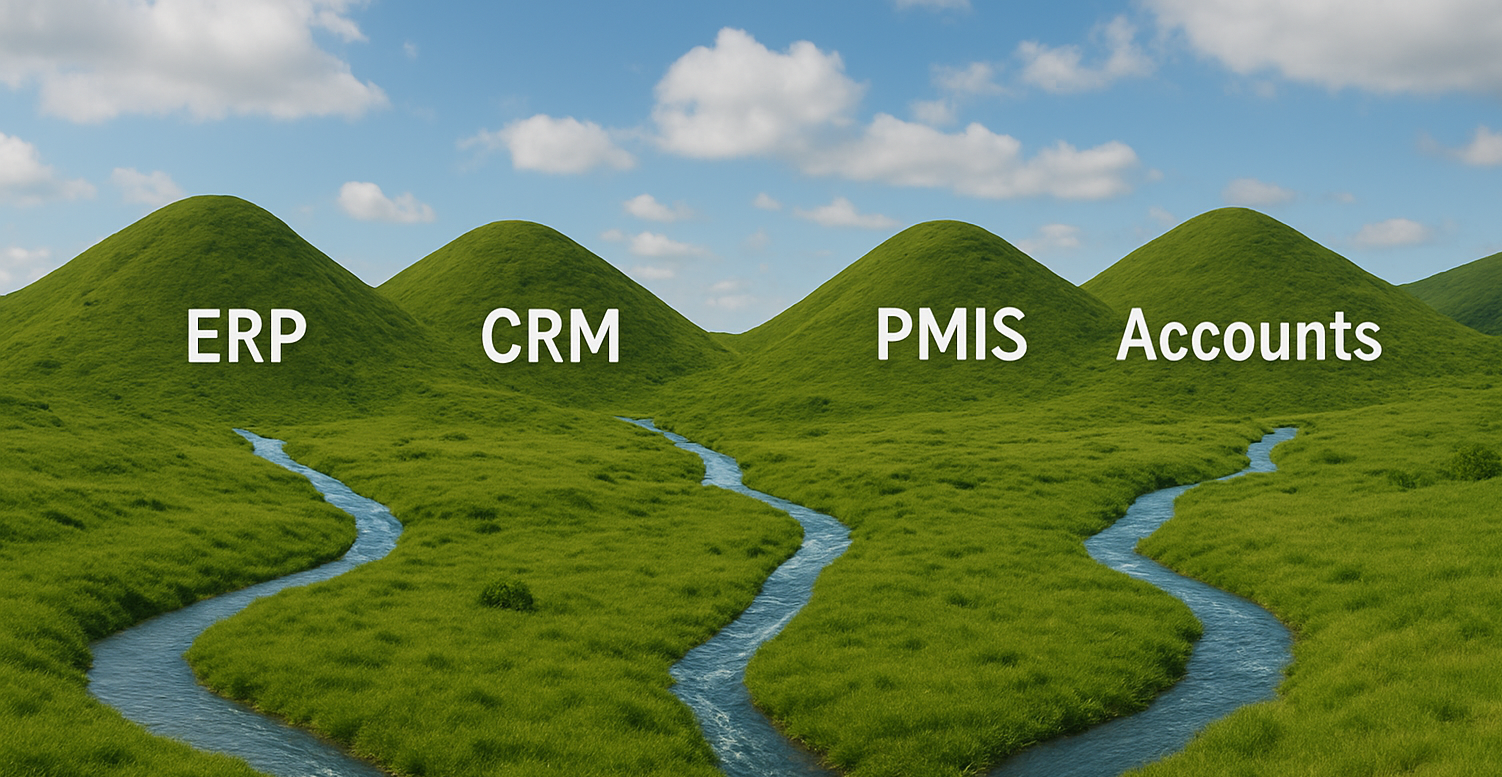
The challenge? All of this data lives in silos. Finance has its version of the truth, planning has another, and site teams have yet another. Leadership often ends up looking at reports that are outdated, inconsistent, or incomplete.
This is where a data lake comes in.
What is a Data Lake?
Think of a Data Lake as a large central reservoir. Instead of trying to clean and restructure data before storing it, you simply let everything flow in — ERP, CRM, accounting, Excel, scheduling data — in its raw form. Later, when you need to analyze, report, or apply AI models, you filter and process exactly what you need.
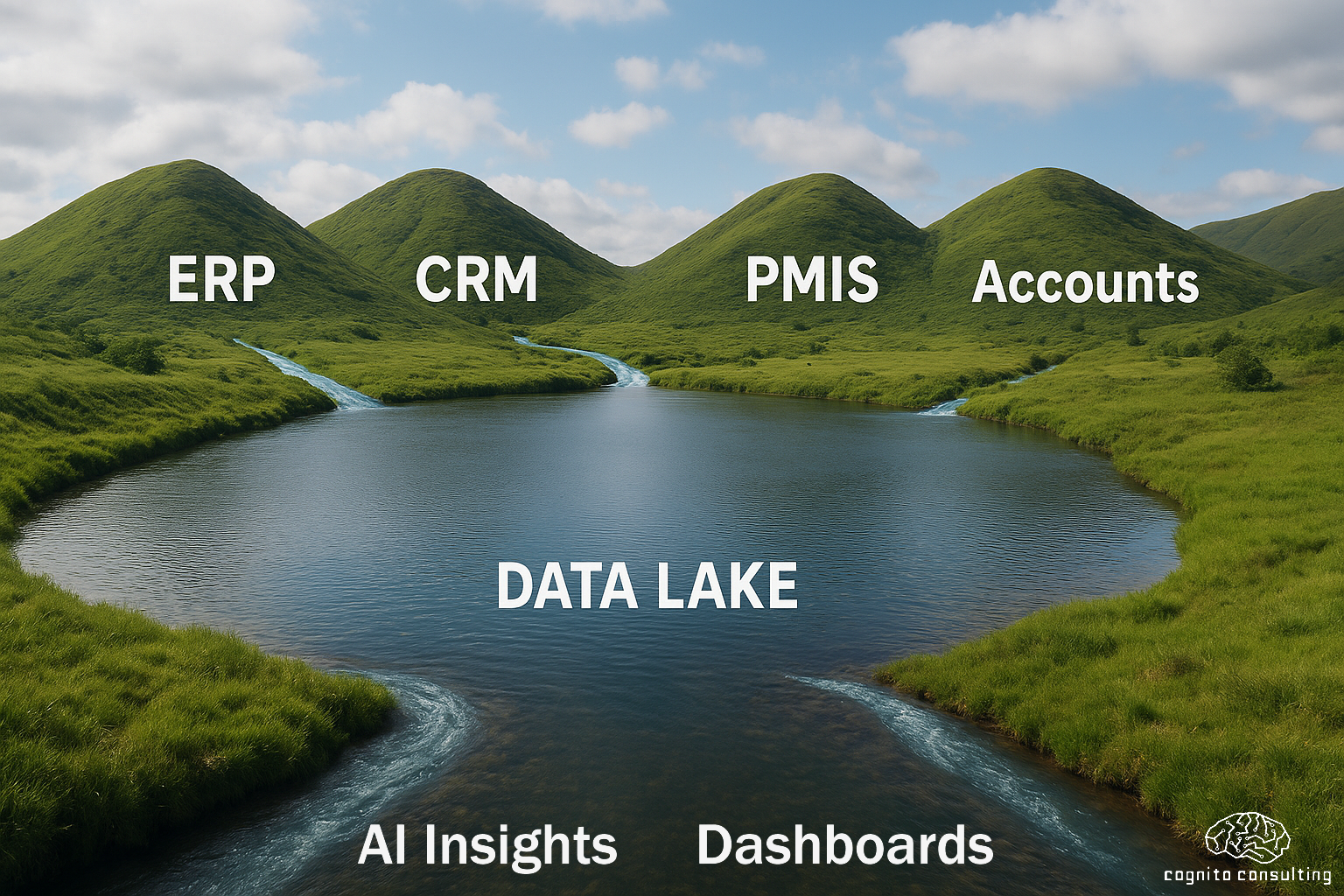
In other words, a data lake is the foundation for creating a single source of truth across your business, enabling faster decisions and better control.
Why Should Construction Companies Care?
Construction is one of the most data-heavy industries, but ironically, also one of the most fragmented. Decisions are delayed not because teams lack data, but because they lack connected data. A data lake changes this dynamic.
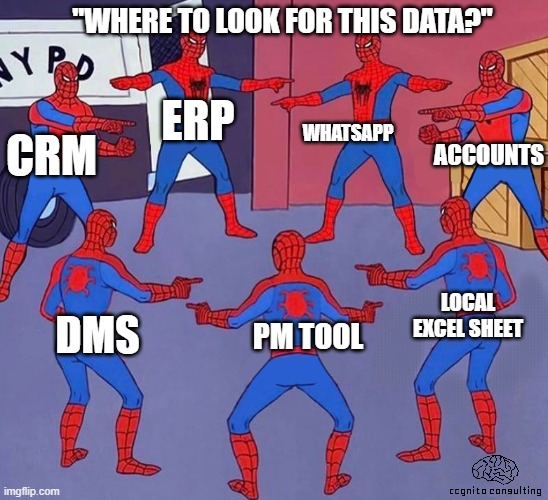
For example, imagine the billing process. Subcontractors raise claims based on work done, site teams validate progress, and finance cross-checks with BOQ quantities and client payments. Today, this may take weeks because each party works in isolation. With a data lake, all relevant inputs — BOQ from ERP, progress data from Excel, and payment status from accounting — are connected in one place. Bills can be validated faster, disputes reduced, and cash flow improved.
Or take the issue of delays. By merging scheduling data with labor records and even weather feeds, a lake can highlight risks weeks in advance. Instead of hearing “we’re delayed” after the fact, management gets early warnings like: “Excavation may slip by 10 days due to low manpower and forecasted rainfall.” That’s valuable time to act.
Procurement is another area where a lake pays off. By combining purchase orders from ERP, consumption data, and supplier delivery history, the system can forecast shortages and trigger early actions. This means fewer site stoppages and less last-minute firefighting.
Finally, on the business side, a data lake can connect CRM and project performance data to show which clients and projects are truly profitable, and where relationships may be at risk. This combination of operational and financial insight is hard to achieve without an integrated platform.
When Should You Consider a Data Lake?
Not every company is ready for a data lake. If your operations are still largely paper-based, the priority should first be digitization — implementing ERP, accounting software, or project scheduling tools.
But if you already use multiple systems and still struggle with reporting delays, inconsistent data, or limited visibility, then the time is right. The real trigger points are familiar:
- Frequent disputes in billing and payments
- Cash flow that is always delayed
- Surprise project overruns with no early warning
- Difficulty producing unified management or compliance reports
A data lake becomes essential once leaders want a consolidated view across all projects and functions, not just siloed snapshots.
How Do You Get Started?
The most important rule: don’t try to solve everything on day one. A successful data lake journey begins with a single, high-impact use case. For many contractors, that’s Progress vs. Billing Validation or Delay Risk Alerts.
From there, connect just a few systems — ERP, accounting, and scheduling data are usually enough — to deliver measurable value in the first 90 days. Cloud platforms like Azure, AWS, or GCP make this both scalable and cost-efficient.
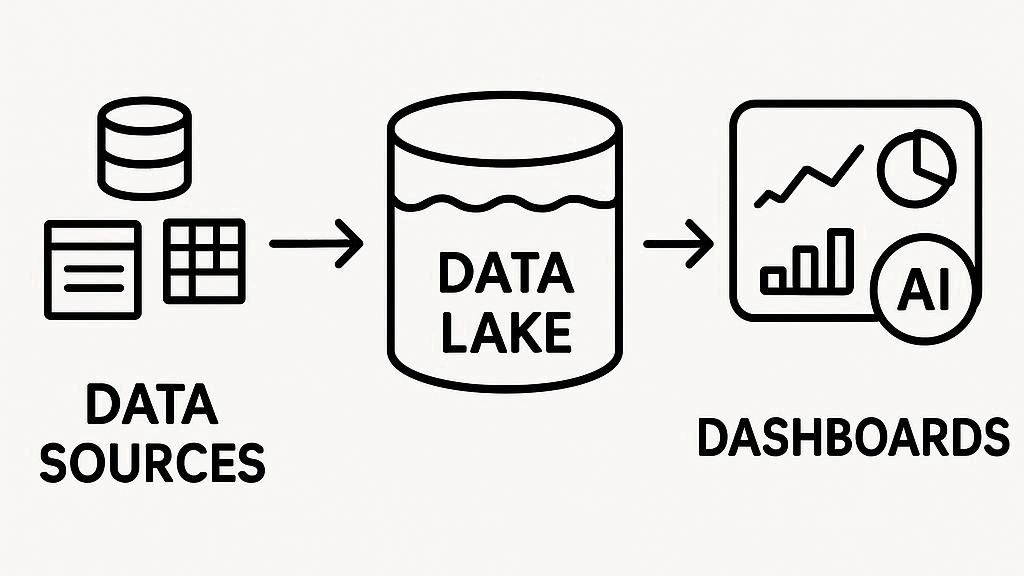
Equally critical is governance. A data lake without ownership quickly turns into a “data swamp” — filled with information but unusable. Define who owns which data, who is responsible for quality, and how access is controlled.
Once the foundation is strong, BI dashboards and AI models can be layered on top. This way, you go from basic reporting to predictive insights in a staged and manageable journey.
What Do You Need in Place?
Building a data lake is not just a technology project; it’s a business initiative. Success requires:
- A business sponsor from leadership who sees value in better decision-making.
- Access to key systems like ERP, CRM, accounting, and scheduling tools.
- A small cross-functional team with representatives from planning, finance, and IT.
- A pilot budget, typically in the range of ₹20–50 lakhs depending on scope and complexity, to prove value in a 3–4 month proof of concept.
Challenges to Expect
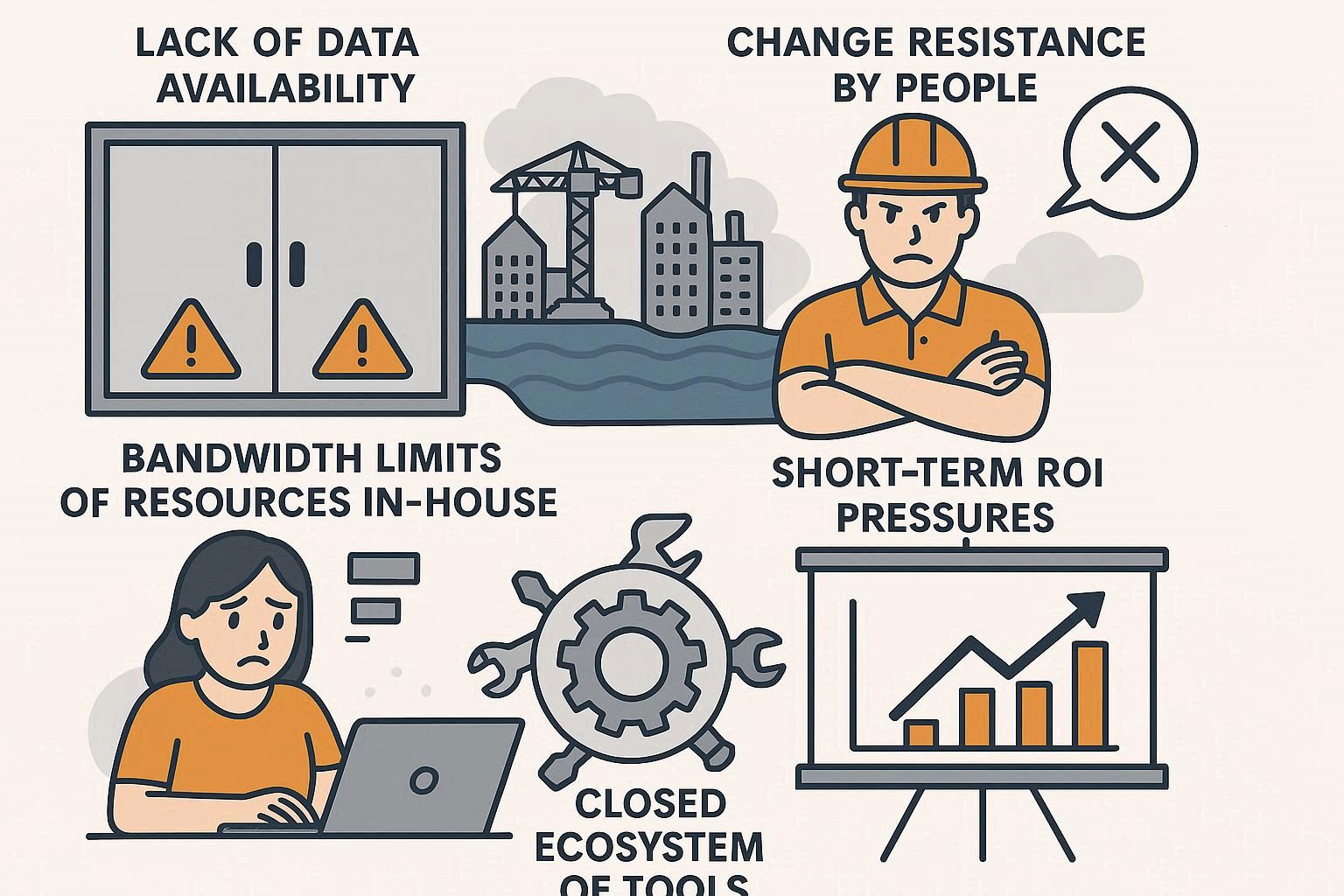
Like any transformation, a data lake comes with its share of hurdles. Data quality is often the biggest — Excel files with errors, duplicate records, or outdated entries need cleaning. Integration with older ERP or accounting systems can also be tricky.
- Scattered, Inconsistent or unavailable Data : Information lives in silos like Excel sheets, PDFs, CRM, and accounting tools, making it hard to unify and analyze. In some cases it is completely missing.
- Closed Ecosystem of Tools : Many vendors restrict access to data or don’t offer open APIs, preventing seamless integration and true visibility.
- Change Resistance: Project teams are used to certain workflows, and new tech adoption feels like extra work.
- Limited In-house Capability: Few professionals understand both data engineering and construction workflows, leading to dependency on external help.
- Short-Term ROI Pressure: Leadership expects quick wins, but the real value builds up gradually as data maturity and quality improve.
Leadership needs to communicate that the aim is not more effort, but less duplication and faster outcomes. Also governance is critical. Without clear rules, a lake can become an unmanageable swamp. Setting the right standards early prevents this.
What Can You Learn from Others?
Industries outside construction have already proven the power of data lakes.
- Retail giants like Walmart and Target integrated sales, stock, and even weather data to optimize inventory.
- Airlines like Delta and United used them to combine aircraft sensor data with crew schedules, improving predictive maintenance.
- In healthcare, NHS merged patient records and imaging data to speed up diagnoses.
Closer to home, construction leaders are starting to take similar steps.
- L&T has piloted platforms integrating ERP, scheduling, and finance.
- Tata Projects are building central data ecosystems for project tracking.
- NHAI announced its datalake2.0 with unified dashboards that combine progress, payments, and other inputs.
What Cognito Provides
At Cognito Consulting, we specialize in helping construction companies unlock the value of their data. Coming from within the industry, we understand the processes and can better connect with various data points to generate relevant insights and observations. Our services include:
- Identifying the right starting use case tailored to your business challenges.
- Designing and implementing the data lake architecture, including cloud setup, connectors, and governance.
- Building dashboards and predictive AI models on top of your lake.
- Supporting change management so both site teams and management experience the benefits.
Final Word
A data lake is not “extra IT infrastructure.” It is a business decision engine. For construction companies, it means faster billing, better cash flow, early warnings on delays, smarter procurement, and more informed client management.
The best part? You don’t need to build everything at once. Start small, deliver measurable results in 90 days, and scale steadily. That’s how leaders in construction and across industries are making data truly work for them.
Let’s make your data and your tech stack work for you! Let’s move towards smarter projects.
If this interests you, let’s schedule a free 30-min assessment.
This article was co-developed by the Cognito Consulting team in collaboration with GPT-5, OpenAI’s latest language model, to simplify complex data concepts for construction professionals.
Written by Chaitanya Bharech, Founder, Cognito Consulting.
